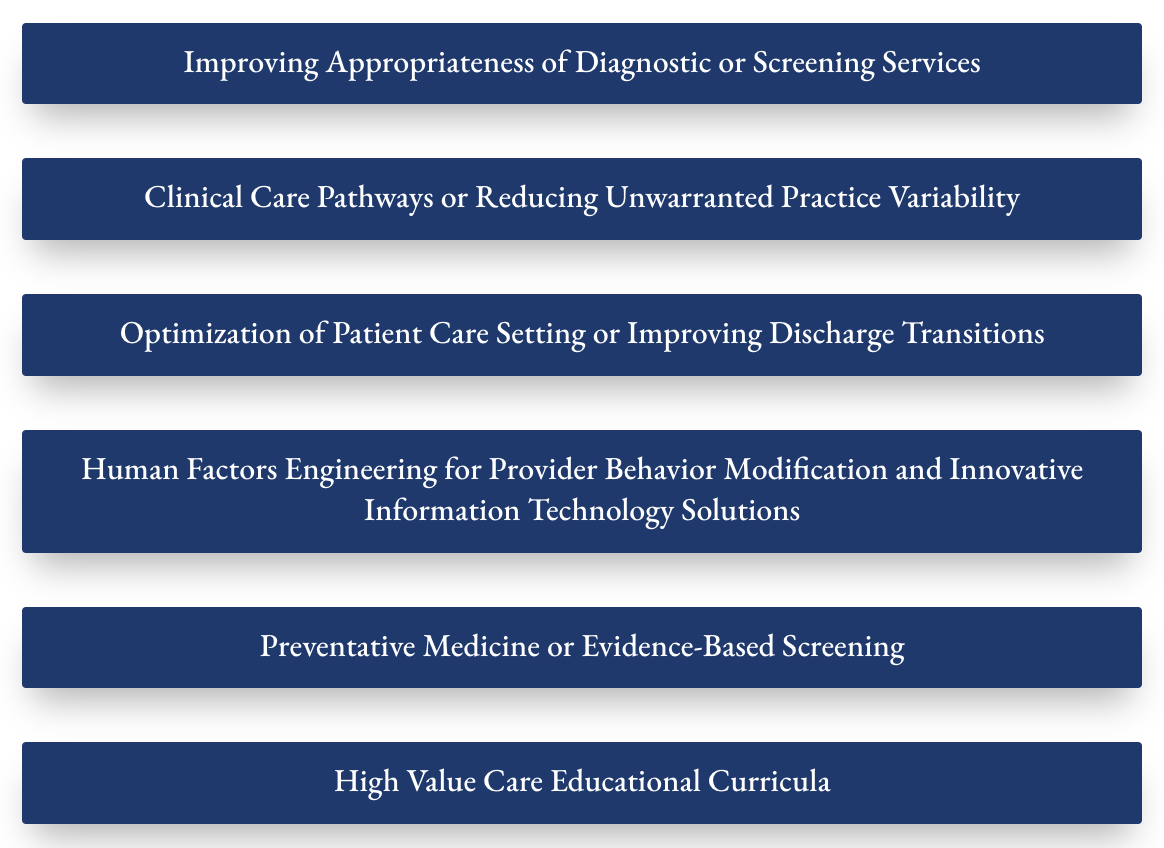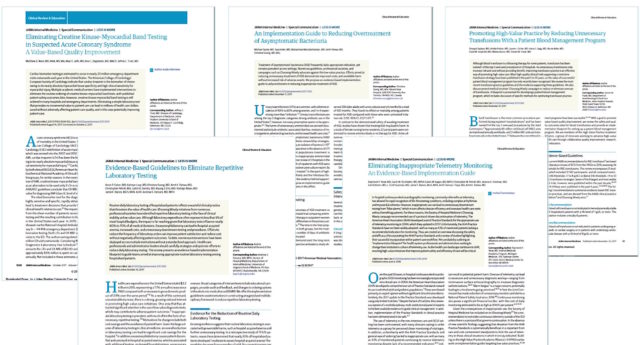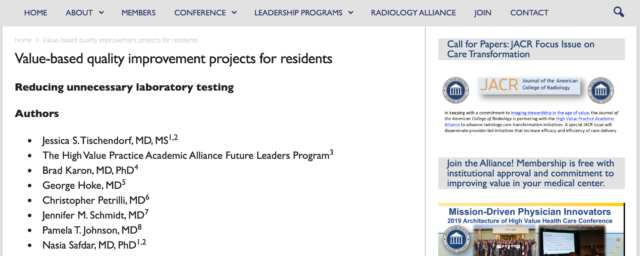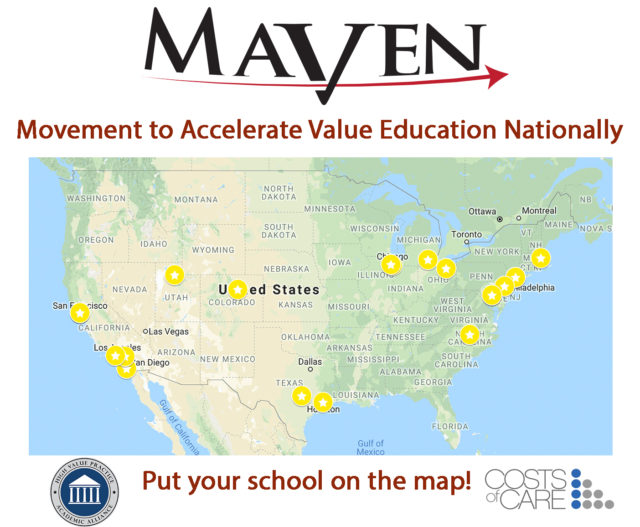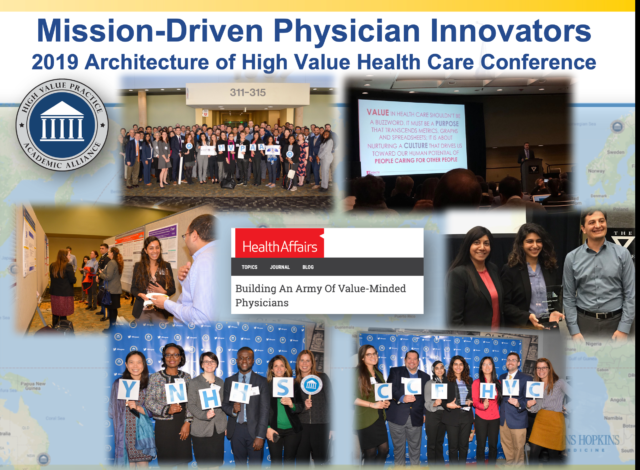From the 2019 HVPAA National Conference
Dr. Rachna Rawal (Saint Louis University), Dr. Paul Kunnath (Saint Louis University), Dr. Jennifer Schmidt (Saint Louis University)
Background
Literature shows that habits established during training follow physicians through their career. Hence, providing high-value care education to medical students will enable them to recognize and apply high-value care concepts, establishing this practice pattern early in their careers. Current state assessment surveys revealed 80% of our institution’s incoming third year medical students were not familiar with the term “high-value care”. Additionally, 100% of students identified no prior high-value care education. Our data confirmed what is known in literature—medical students get little exposure to high value care concepts. This presented an opportunity to develop a high-value care curriculum for medical students.
Objectives
Define “high-value care”
Identify importance of value-based healthcare
Recognize low-value care practices
Utilize evidence-based medicine to apply high value care principles
Methods
Participants were third-year medical students rotating on the Internal Medicine core clerkship. Data was collected by pre and post-intervention surveys. Interventions included two educational sessions: an introduction to high-value care during the clerkship orientation and a case-based, interactive session mid-way through the clerkship. Interactive sessions focused on risks, benefits and costs of diagnostic testing.
Results
Student definitions of high-value care in the pre-survey as a free response; 75% of responses included the terms “costs”, “waste”, or “quality” suggesting familiarity with high-value care concepts but lack of more nuanced understanding (Figure 2). Students reporting comfort utilizing evidence-based medicine in decision-making increased from 61% to 88% (p<0.05). Post-intervention, 88% of students felt comfortable discussing testing indications with their team, increased from 57% (p<0.05). Students reported increased comfort choosing between metabolic panels and complete blood counts (Figure 1, p<0.05). Students identified a lack of knowledge and not having a voice within the medicine hierarchy as barriers to engaging in high-value care discussions.
Discussion
Our data reveals that while students may be familiar with the term “high-value care”, they require additional training on its application. After two didactic sessions, students had improved attitudes and confidence in the application of evidence based guidelines and comfort in selection of laboratory panels. They also showed increase engagement in high-value care discussions with their teams. However, additional initiatives are needed to reduce self-identified hierarchy barriers by empowering medical students and faculty.
Clinical implications
With early implementation and hands on training in high-value care practices, medical students will establish career practice patterns reflecting high-value care principles.
Figures


